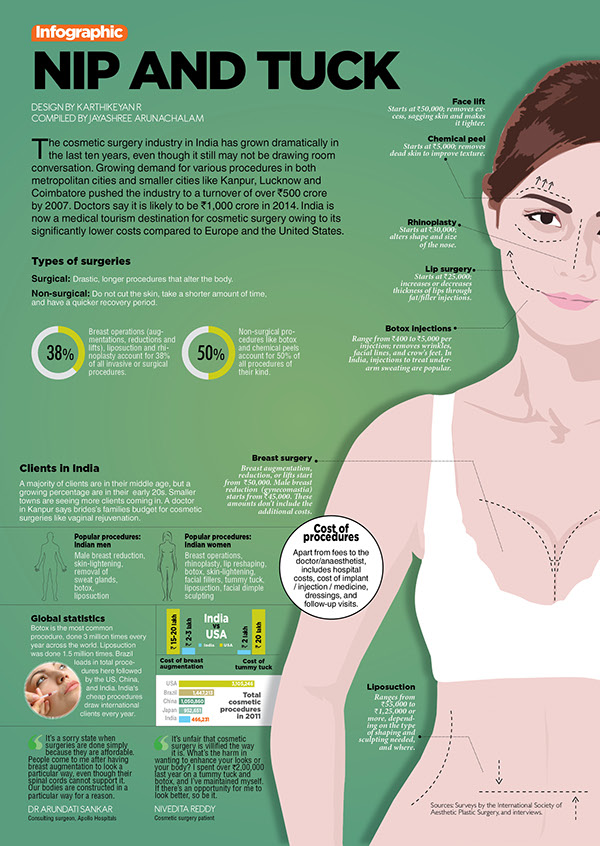Causes Of Adult Acne
Causes Of Adult Acne
Blog Article
Acne Scars and Post-Acne Care
Acne marks and dark marks can stay even after the acne itself has actually removed. Yet there are numerous natural, non-prescription and medical treatments that can lower their appearance.
Ice choice marks are tiny impressions that appear like pinpricks; rolling marks have a wave-like look and superficial depth; boxcar scars have clear edges; hypertrophic scars are raised bumps. Treatments include skin needling, where your doctor rolls a needle-studded device over the skin; and surgical excision, when a healthcare professional cuts out deep scars.
1. Exfoliate
Acne marks discolor best when they aren't covered with dead skin cells. Peeling gets rid of the build-up and permits fresh skin cells ahead to the surface area. It likewise makes acne scars less visible.
A skin specialist can suggest exfoliation methods for your specific skin type. Dry skin may gain from peeling with scrubs or various other mechanical approaches, while oily skin might need a chemical peel. Those with darker skin tones need to be careful using more powerful chemical therapies, as they can create dark areas and sensitivity.
If you have acne scars, avoid picking or pressing at them, which can make them even worse. Swelling triggered by inflammation enhances the chance of scarring. Picking can leave ice-pick marks, which are slim imprints with a point at the end. You can also obtain boxcar marks, which are imprints with larger edges. You can also create hypertrophic or keloid marks. These are increased bumps of scar tissue that can be scratchy and excruciating.
2. Moisturize
After completing your acne therapy, maintaining skin clear and healthy requires a regular skin care regimen that safeguards from breakouts and lowers post-acne marks. This consists of a gentle cleanser and moisturizer, non-comedogenic items that do not block pores, and avoiding foods that aggravate skin or trigger acne flare-ups.
Utilizing a lightweight, non-comedogenic moisturizer with active ingredients like hyaluronic acid and glycerin can assist hydrate skin while also boosting skin structure and promoting recovery. Try to find a product that is formulated without scent or parabens.
A product that targets lingering acne marks with active ingredients such as skin-brightening tranexamic acid and bakuchiol can enhance dark spots or irregular tone triggered by inflammation. It delicately resurfaces the skin tone while smoothing rough and distinctive locations. A product that incorporates a retinoid and a plant-based retinol option can also boost the look of deeper marks while at the same time targeting existing blemishes and protecting against future breakouts.
3. Cover Up
As soon as your acne scars recover, you can conceal them with makeup and a concealer. Simply ensure you're only using the product over marks that are completely recovered (not fresh ones), states Sotomayor. Then, complete your look with a vibrant lip shade or statement great smoky eyeshadow for optimal effect.
When it concerns choosing a structure or tinted cream, it is very important to pick one that is noncomedogenic and oil-free. This will certainly help maintain your skin clear and avoid the obstructing of pores that can cause new outbreaks.
The same goes with selecting a concealer. Seek a formula that provides complete protection but still really feels lightweight and blendable on the skin. Likewise, when covering up impressions from acne scars, it's a great idea to discover a color that matches your all-natural skin tone (instead beverly hills rejuvenation center of a color lighter or darker). This will aid conceal the indents better. This nourishing balm is a superb option for lightening up and lightening post-inflammatory hyperpigmentation, which can be caused by acne or various other inflammatory skin conditions. It consists of hydrating panthenol, softening shea butter and enhancing peptides that reduce inflammation and flaky structure.
4. See Your Skin doctor
The scars that develop from severe acne typically require treatment by a medical professional or dermatologist. Prior to that can happen, though, a person should have their acne in control. This includes not choosing or pressing acne spots, and utilizing mild cleansers and water-based non-comedogenic products that won't obstruct pores.
If drugstore cleansers and area therapies aren't clearing your skin, routine a consultation with a dermatologist. The skin specialist can advise other therapies that aid remove your skin without drying it out or annoying it.
A skin doctor can also treat various other sort of post-acne marks, including dark areas that are a sort of hyperpigmentation called PIH (post-inflammatory hyperpigmentation). A topical retinoid like adapalene can visibly lighten these marks and fade them swiftly. For various other types of marks, the medical professional can suggest a much more extensive treatment. This might consist of microdermabrasion or chemical peels off that are done right in the office. Depending upon the intensity of your marks, these treatments may require to be duplicated.